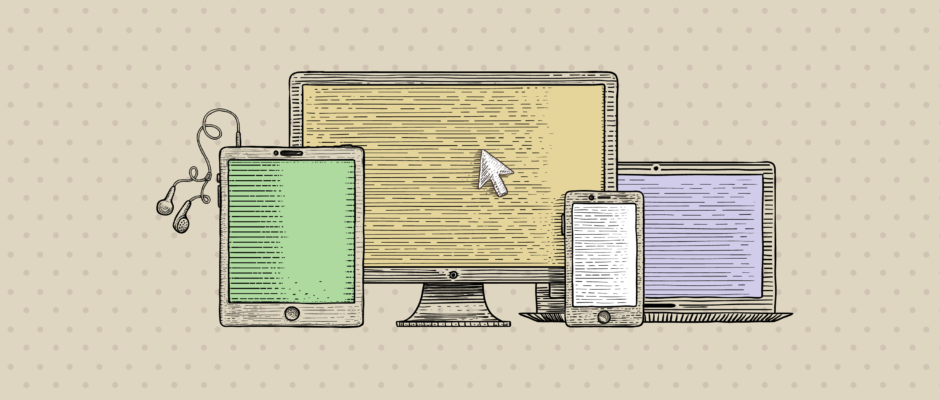A condensed history of ‘mobile’ in SaaS
Generation 1
“Mobile is here! It’s the next big thing! Let’s cram our ‘desktop-class’ experience into a small form factor. (we didn’t fully understand mobile at this point).”
Result: Turns out the experience was bad and nobody really used it. Oops.
Generation 2
“Actually, it doesn’t make sense to fit our whole desktop experience into a small screen. Let’s break out small parts of the experience into smaller, isolated apps that make sense in a mobile workflow.”
Result: Mobile SaaS is actually useful, when the use case makes sense in a mobile context and small, isolated workflows are broken out of the core product.
Generation 3 (AKA Mobile SaaS Nirvana)
“Actually, it doesn’t make sense to think about mobile apps and devices as separate entities. When customers subscribe to our service, they expect an experience that works well in the places where it makes sense for them to use it.”
Result: Companies and services are born that move on from the distinction between devices, towards ‘experience-first’ products that deliver value for customers across a range of screens, devices and platforms. If I ‘turn on’ a service, I seamlessly experience the benefits of that service wherever it’s valuable for me to do so.

Barriers between us and Mobile SaaS Nirvana
App stores, onboarding friction
Let’s face it, downloading an app to your device has become somewhat of a pain. When compared to simply following a link to a web app, you have to open the app store, wait for the store page to load, hit the Download button, and wait for your device to download a ton of assets (half of which you probably don’t even need for your specific device and use-case), then put the home screen icon in a sensible place.
App discovery sucks
The App Store is stale. Of the millions of apps available on both the iOS and Android platforms, how many of those do you think are actually discoverable? Despite Google’s efforts to include app listings in its search product, and Apple’s efforts to surface App Store results from things like Spotlight searches, it’s not getting any easier to actually find that amazing app you’ll probably love.
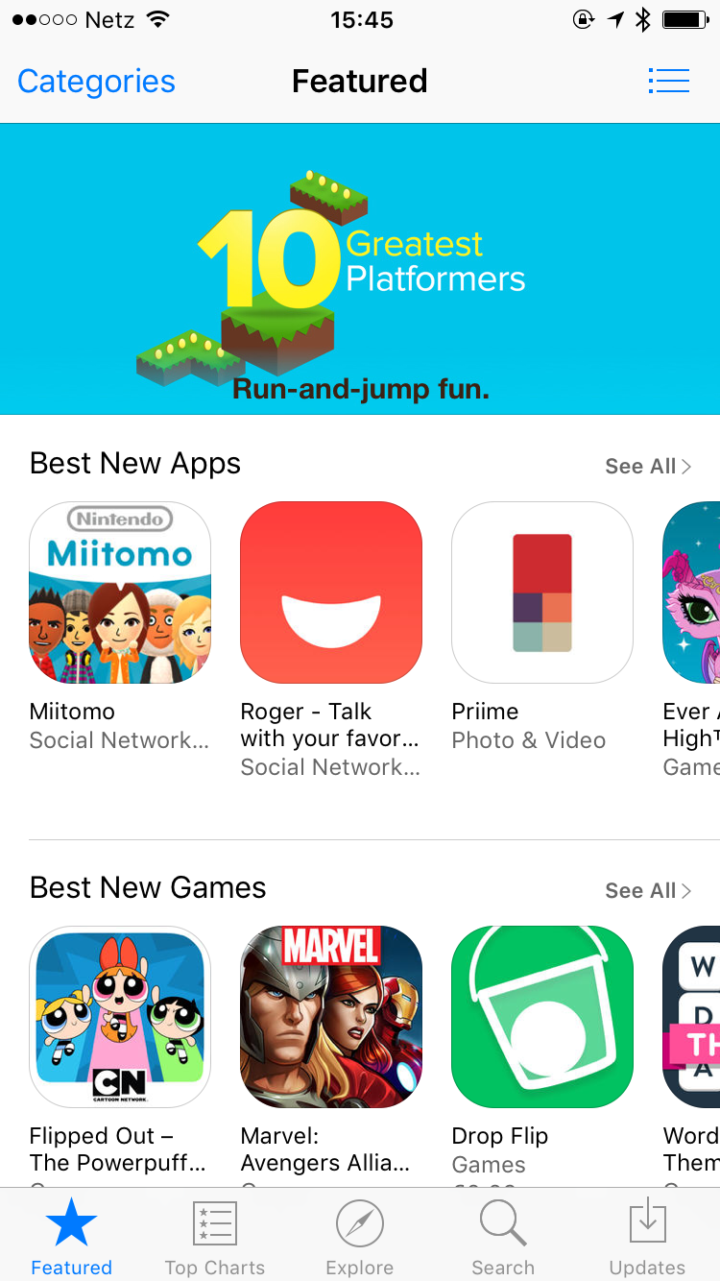
Privacy, data laws
Privacy is the current hot topic in the tech universe. I would guess that in the next few years, there will emerge a greater awareness of data privacy in general, as big stories (such as FBI vs. Apple) hit the mainstream news. People are going to care about their privacy. The unfortunate truth is that to offer a service that is truly device or platform agnostic, you’re going to have to track people across a number of platforms and devices. This doesn’t come without concerns.
Services are reactive (require user effort) rather than proactive
Most SaaS products today are entirely reactive. That is to say, they exist as tools which you can go and access to get information about an aspect of your business, and maybe carry out a task related to your business. Sure, they’re effective at doing their job, but a truly platform-agnostic service will not be able to rely on the user remembering to log in and check the state-of-play. People are increasingly strained for time and attention in this age, so services must adapt to be more proactive for the user. If there’s an opportunity to tweak my marketing automation process, don’t wait for me to log in and see it — notify me!
The end-user is rarely the buyer (in Enterprise), so acquisition on mobile app stores is somewhat difficult compared to consumer.
The person who installs your Enterprise SaaS app on their phone is likely not the same person who can make the decision to use ‘SaaS Product X’ across their business. This presents a set of problems around both discovery and acquisition, particularly in the constrained walled garden of the App Store.
Apple’s support for subscription billing is poor
If you want a smooth purchase and onboarding experience, it makes sense to make use of the native payment infrastructure that the platform provides. The problem with this? Handling subscription billing on iOS is not a nice experience, for the vendor or the user. And good luck getting any data out of Apple’s platform, or using a 3rd party analytics tool! This is why most apps have gone down the one-off micro-transaction route as a solution for monetization.
The majority of work is still done in the office – people try to keep their work time from leaking into personal life.
The smartphone (and other mobile devices) are still inherently personal devices. They own highly personal interactions with people close to you, and they’re completely geared towards a single user. People are often reluctant to mix their work and personal life, therefore introducing an enterprise app to their personal smartphone doesn’t feel right. And who wants to have 2 separate smartphones in their pockets?
Mobile devices, despite what Apple tells you, are still primarily used for consumption rather than creation.
Despite shiny videos of artists and architects using their shiny new iPad Pro, and writers tapping away on their cramped bluetooth keyboard accessory, these devices still have problems as pure productivity platforms. In the workflow of a Content Marketer for example, there would be tasks you’d struggle to complete without falling back to that trusty MacBook. Which leaves us with mobile devices which are only ever an accompaniment to a “full computer”.
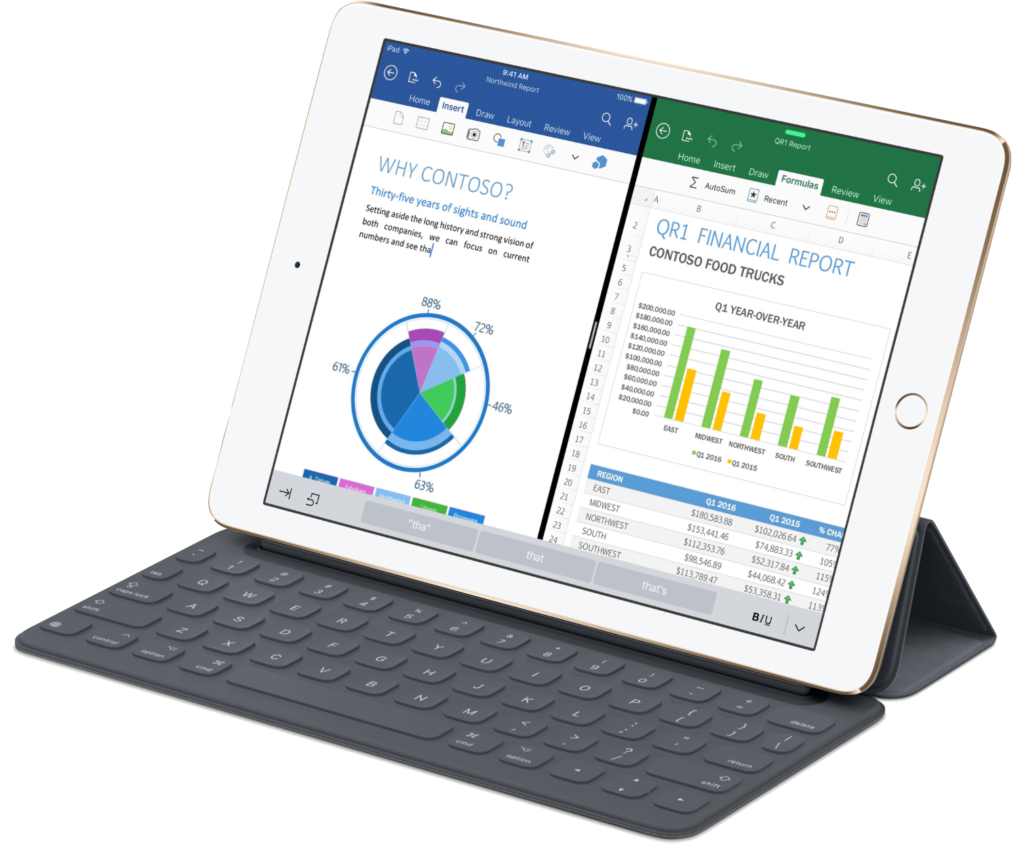
There are too many barriers for an incremental solution
We’ll never move beyond these barriers unless the industry undergoes a fundamental change to the way in which we’re thinking about devices and platforms. Our current way of thinking imposes somewhat artificial limitations on our success in building cloud-based products and services, but the platforms also need to evolve beyond the narrow view they adopt today.
As SaaS vendors, we can drive this forwards by changing the way we think about solutions:
We need to stop thinking in terms of ‘mobile’ and ‘desktop’.
Don’t fear — this rather radical way of thinking has already been suggested and is picking up some momentum in some more forward-thinking technology businesses…
Our current way of thinking imposes artificial limitations on our success in building cloud-based products.
Tweet this quote
‘Mobile’ is dead, long live ‘multiple screen sizes’
For some time now, thought leaders on the topics of user experience, design and product have put forward the following notion:
Stop thinking about ‘devices’ and instead simply consider each consumer device as a ‘screen’, where the user interacts with services. And instead of ‘mobile’ as a platform, simply focus on different screen sizes and which types of screens are relevant to your service.
The latest episode of the Inside Intercom podcast sees Chris Messina, Uber’s Developer Experience Lead discuss this exact concept, as well as using the Jobs To Be Done framework for desigining features in a device-agnostic way.
Even Android’s design chief Matias Duarte told us to give up our obsession with ‘mobile’, as a platform, and instead focus on experiences which span across multiple platforms:
“Mobile was a meaningful distinction from what people did, when it was extremely constrained… [in terms of computing power, bandwidth etc.]”
“For most people, just about any experience you can imagine can be meaningfully expressed on any screen size.”
“We need to stop thinking of mobile as a distinct category… you should put energy into the screens where people’s eyeballs are at.”
If you find this intriguing, I highly recommend watching the full interview with Matias. If I had to highlight one takeaway from the this debate – one that’s relevant for B2B SaaS businesses thinking about mobile – it would be this:
Put your energy into screens where people’s eyeballs are.
Or, to elaborate:
Put energy into screens where your customer’s eyeballs are, when they’re encountering the problems that your product solves.
- If they only need your solution when they’re sat in the office, build for desktop screens
- If they need quick updates and alerts when they’re on the go, build something for small screens
- If they need something that’s constantly on display to provide monitoring, build for large screens
Unboxing small ‘workflows’ from a SaaS solution into different screens
A number of B2B companies are already thinking more on the level of taking small parts of their solution – the ones that make sense on a small screen – and offering a mobile version of them.
Intercom’s iOS app gives you the ability to respond to users on the go – allowing you to maintain an exceptional customer experience.
Mailchimp allows you to quickly check the performance of a campaign when you’re away from your desk. Of course, you can’t compose and design a new campaign in their app – but why would you?
Buffer understands that you want to be able to queue some great content, whenever and wherever you find it. That means having a presence on mobile.
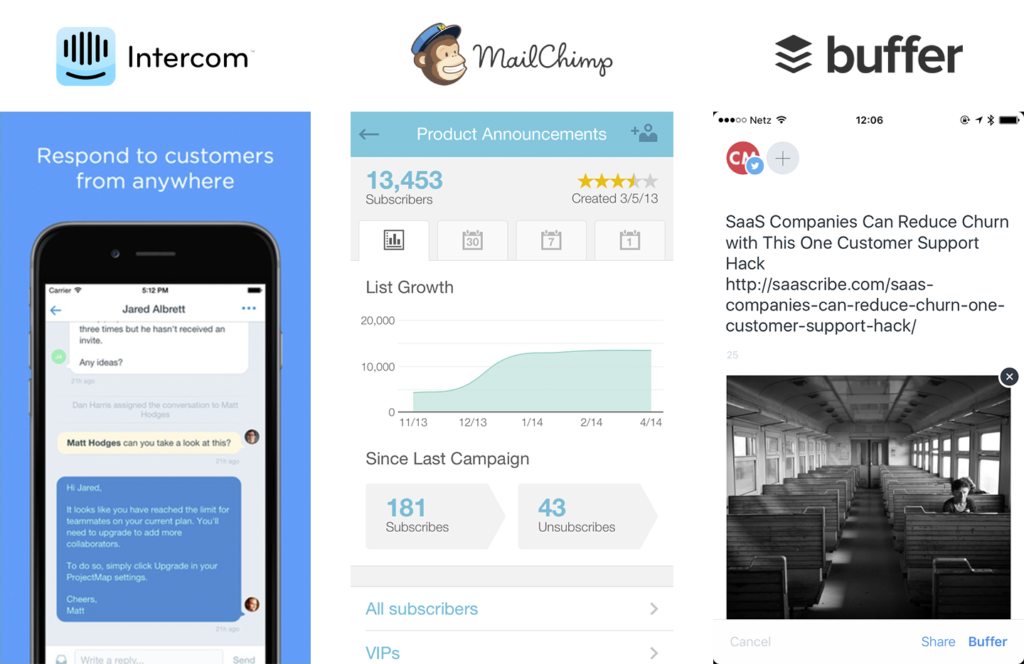
ChartMogul offers an experience for the desktop, where the vast majority of revenue analysis and reporting is done today:
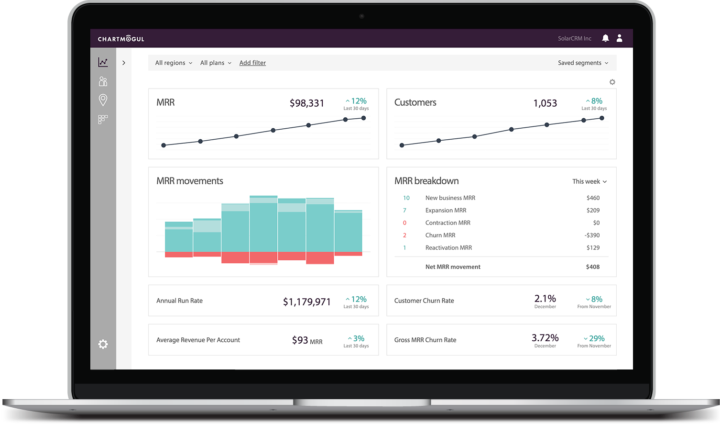
Geckoboard is also offering LARGE screen experiences, because that’s a key use case for their solution:
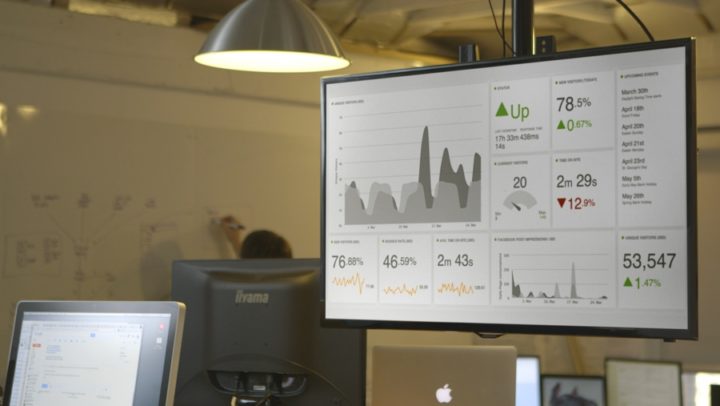
If we look more towards the consumer space, there are some companies which truly live and breathe the notion of “existing anywhere that’s relevant to the user”. Take Uber, for example. I can order an uber from most connected devices that I use every day. I can tap my Apple Watch and a car will arrive within minutes. I can shout at my Amazon Echo to order me an Uber – and that doesn’t have a screen!
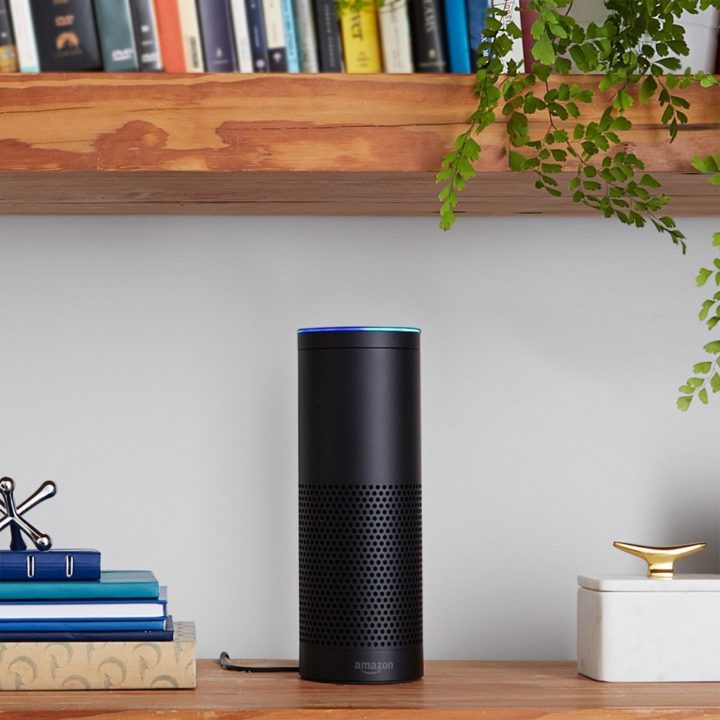
In summary
- Think of your SaaS product as an ‘experience’ that can be enabled for your customers when they subscribe.
- Think about allowing users to interact with your experience wherever it makes sense for them to do so.
- Build for platforms that are most prevalent during those points when it makes sense to interact with users.
As a side-note, I should probably change the title of this post to “Why desktop-sized screen experiences are still king for SaaS”. But it didn’t quite have the same ring to it…
NEW on the @ChartMogul blog: Why Desktop is still king for B2B SaaS https://t.co/lyfyutFJ3j #SaaS #Enterprise pic.twitter.com/BFBzm03OJM
— ChartMogul (@ChartMogul) April 6, 2016
Further reading
This post wasn’t possible without the great writing and research of the following people:
The Challenge Facing Mobile-First SaaS Companies – Tom Tunguz
Mobile SaaS FTW – Point Nine Capital
Ideas we’d like to invest in: Mobile-first SaaS
Why mobile-first is outdated – Intercom
